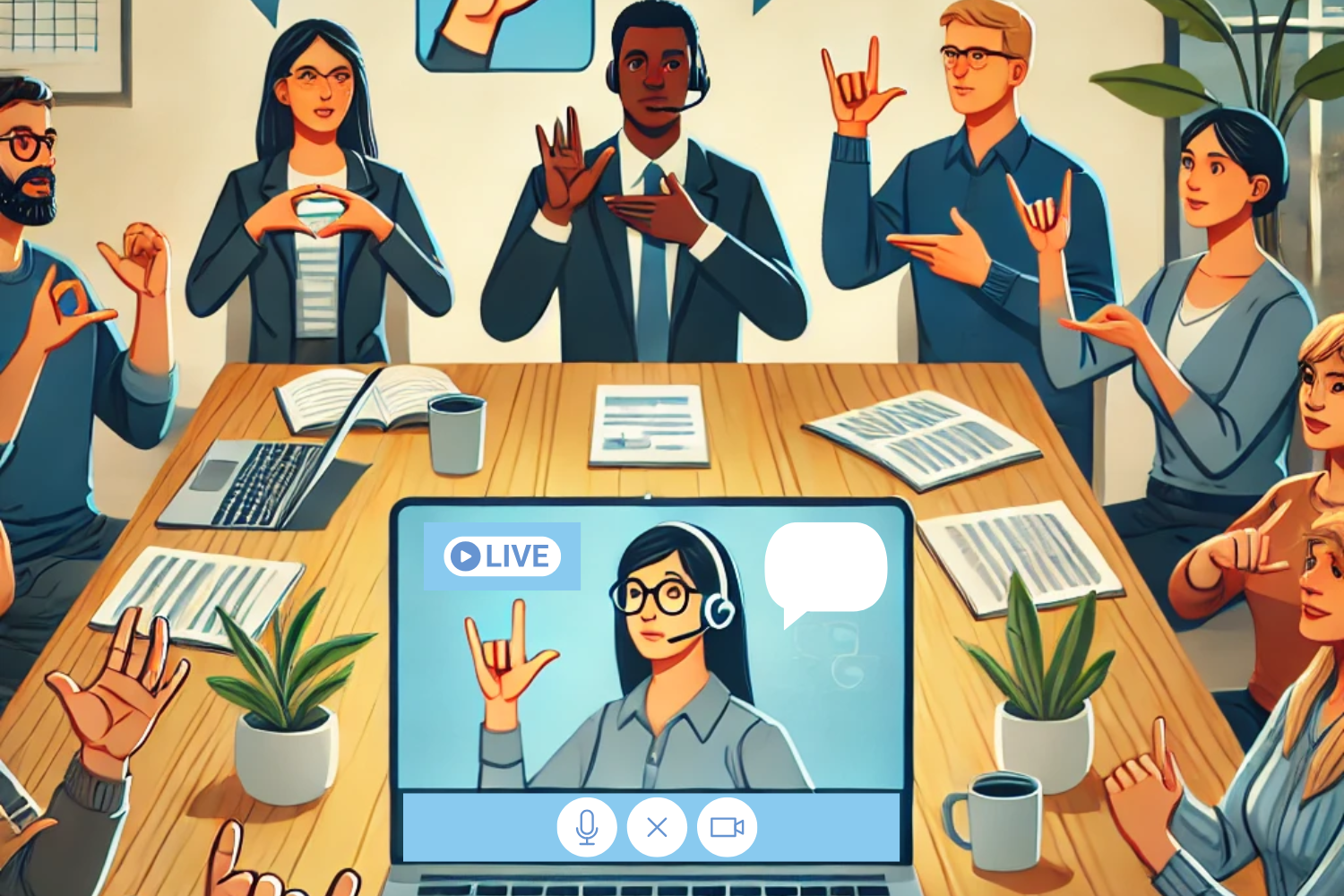In a world dominated by spoken words and written texts, it’s easy to overlook the rich and expressive world of sign language. British Sign Language (BSL) provides the visual, dynamic language of choice for many. Understanding BSL will open a new viewpoint on how we connect, whether your interests are in a British Sign Language Training Course or just wondering how various Models of Communication function. But what distinguishes BSL particularly? Let’s discuss how BSL fits the Transactional Model of Communication, a contemporary method that clarifies the reasons for sign language’s great efficiency.
Understanding the Transactional Model of Communication
BSL is unlike traditional, linear models in which communication is considered a one-way street: a sender provides a message, and a receiver gets it, the end of the story. Consider talking with a friend. You don’t merely talk, wait for people to pay attention, and continue. Instead, you both nod, smile, offer comments or use gestures to help shape the discourse. That captures the core of the transactional model!
From the transactional perspective, communication is an ongoing, interactive process. Both sides constantly change their messages depending on comments from one another; they are simultaneously senders and receivers. Not only what’s spoken but also the nonverbal signals, context, and common understanding enable a seamless interaction.
BSL: A Perfect Fit for the Transactional Model
Understanding the transactional model will help us discover how naturally British Sign Language fits. With its syntax, structure, and deep levels of meaning, BSL is a visual-spatial language, not only a straight translation of spoken English into signs. The way it naturally fits the key ideas of the transactional communication paradigm makes it especially intriguing.
Before we dive deeper into how BSL embodies the transactional model, here’s a quick look at the BSL alphabet. Understanding the basics of BSL signs can help appreciate the depth of non-verbal communication that occurs during a conversation.
Here’s how BSL embodies the transactional model:

1. Real-Time Feedback and Adjustments
Discussing BSL requires more than just waving signals and praying for the best. Instead, the other person continually gives you comments. Imagine yourself signing something to a friend, and they seem confused. You might instantly modify your signs, add facial expressions, or slow down to clarify your point. This is classic transactional communication right here!
Verbal affirmations like “uh-huh” or “I see” help us in spoken interactions. They substitute nonverbal signals, including facial expressions, eye contact, and head nods, in BSL. Fast and erratic feedback loops allow signers to modify their message instantly. This produces a seamless, interactive interaction whereby both sides are equally involved.
2. Simultaneous Roles of Sender and Receiver
The transactional approach emphasises that both sides are senders and receivers simultaneously in good communication. For BSL users, this is accurate. Imagine two people signing to each other: one person is signing, acting as the “sender”, while the other is interpreting, reacting with facial expressions, and perhaps using non-manual signals like raised eyebrows to indicate they understand or are perplexed.
In a BSL discussion, interaction flows constantly. It’s about co-creating meaning together, changing your signs depending on the other person’s response, and not only about waiting your turn to say. This quick, real-time interaction captures the core of transactional communication.
3. Using the Full Range of Non-Verbal Communication
BSL encompasses a full range of nonverbal cues that enhance communication, not only hand signs. Facial expressions, body language, and even the surroundings of the signer define most of the meaning in BSL. Raising your eyebrows while signing a question, for instance, alters the tone of an inquiry, just like a speaker’s voice might in spoken English.
This focus on nonverbal signals fits the transactional model, which acknowledges that communication goes beyond words. It is about the gestures, facial emotions, and surroundings cooperating to transmit a message.
Why Understanding This Connection Matters
“Why does this matter?” you might wonder. Knowing how BSL fits into the transactional paradigm will help enhance communication in many contexts, from business to the classroom to healthcare. Understanding that communication is more than just words can help us build more inclusive surroundings where Deaf and hearing people may engage meaningfully.
Given the digital age, this knowledge is even more vital. Here’s the image of a virtual meeting setting where both Deaf and hearing participants are using sign language and visual cues to communicate.

Knowing how to include visual features and feedback loops in communication can assist Deaf and hearing participants close gaps as virtual meetings and remote work become the standard.
Conclusion
Embracing the Visual Power of BSL isn’t just about using your hands to “speak”; it’s about using every part of your body to connect with another person. It’s a great illustration of how communication is a shared experience, a dance between two (or more) individuals in which everyone is sending, receiving, and adapting.


